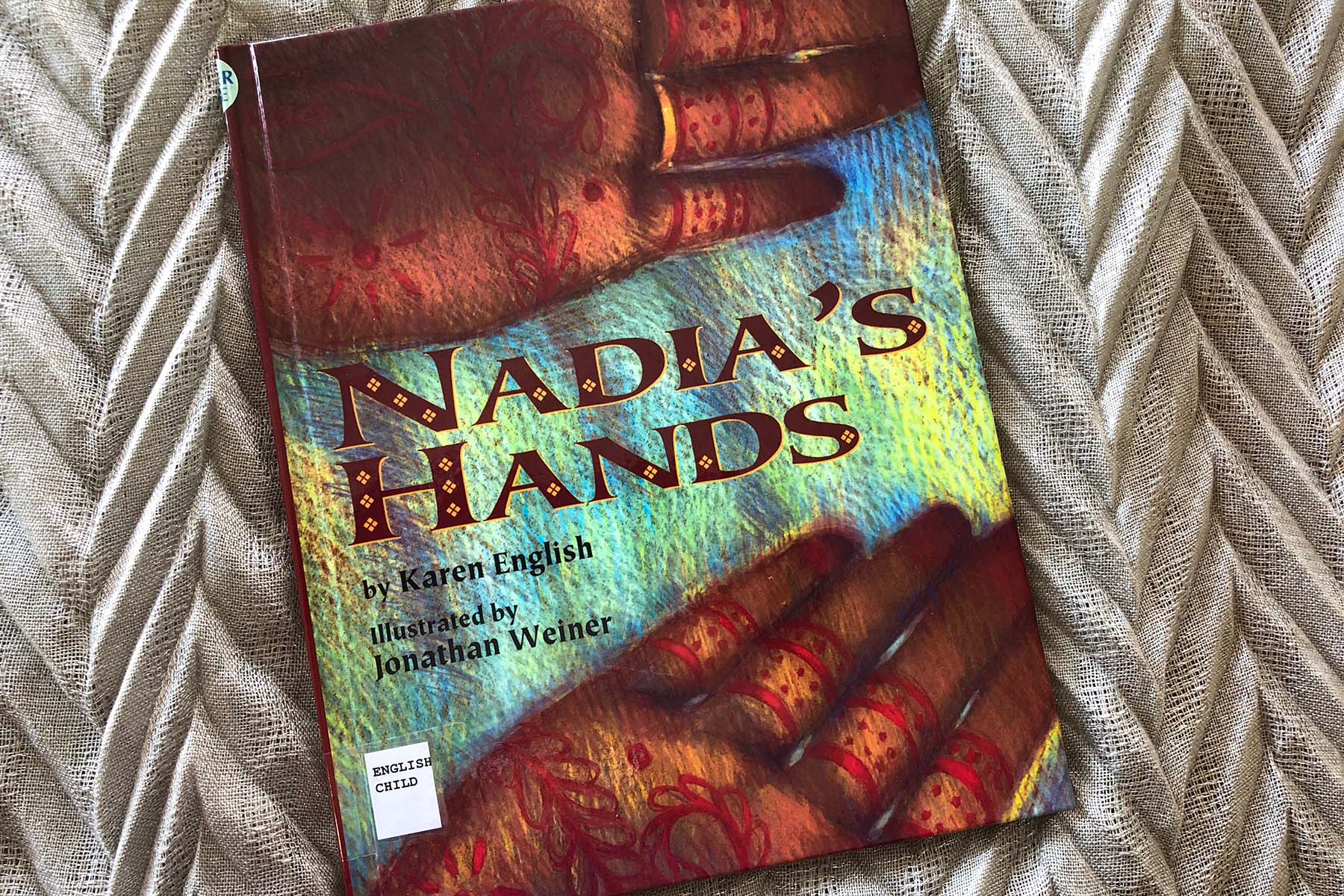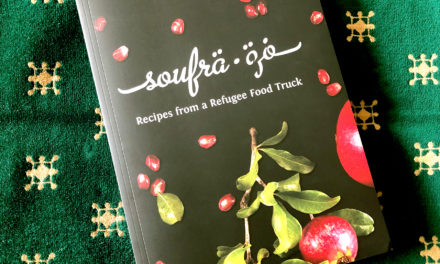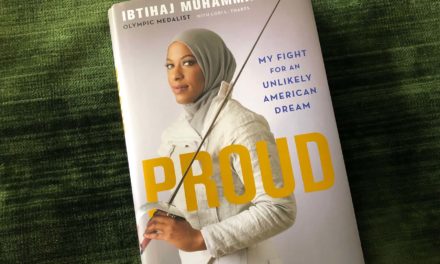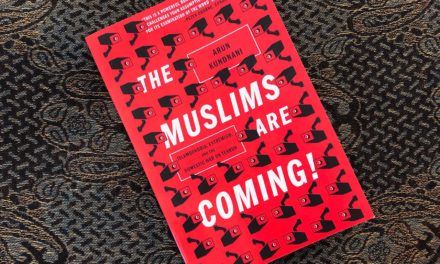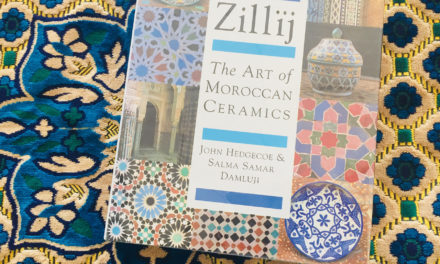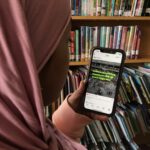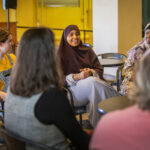United Talent Agency
Elise Bellin, Librarian of the Islamic Resource Center, wrote this book review as part of an ongoing series that focuses on a range of books within the IRC collection as a service to the community.
Nadia’s Hands
Nadia’s Hands by Karen English, illustrated by Jonathan Weiner, © 1999– ISBN: 9780606385916
Henna is an ancient art form with a beautiful and expansive history going back over eight thousand years. In most recent years, it has seen an explosion of popularity in the West. From starting out as something only world travelers and immigrants participated in to something that has been so wide spread as to see Caucasian American-run stores cropping up across the country.
It is still most often seen in Hindi and Muslim celebrations such as weddings and holiday celebrations, but its influence is definitely on the rise.
That being said, when you are young, it can be daunting if you think something as visible as a henna tattoo might call you out as an outsider. You desperately strive to fit in and worry about every little detail that might not be what others, say at school, are used to and discover that instead of celebrating what makes you different, you try to hide it.
Enter our main character, Nadia. In Nadia’s Hands, Nadia is a young Pakistani-American girl who navigates two cultures. She celebrates her Pakistani heritage while attempting to blend in with a more prevalent mainstream American one. Nadia’s auntie is getting married. As part of their Pakistani heritage, tradition dictates that those in the bridal party from the bride right down to the flower girl all must get mehndi (temporary henna tattoos). Nadia is to be Auntie Laila’s flower girl. We see the lead up to the big event, the love, joy, and focus on positive elements that are the focus of a wedding. We see the reality of family, and we see the history imbued in the painting of the henna.
However Nadia also has to be at school the next day. Needless to say, Nadia is a little concerned about what the kids at school will say when they see her hands. She is afraid they might tease her or otherwise make her life harder because of something that, while others might see it as beautiful, she fears they might see as strange.
Nadia’s Hands shows not only what henna is, but also many of the traditions and cultural aspirations many Pakistani Americans have. It is a celebration of family, a realization that sometimes being a kid is hard, and a wonderful discovery that sometimes those things that make us different aren’t bad or wrong. They not only make us who we are but make us special and can be beautiful too. Drawn in beautiful oil pastels, the drawings come to life with a vibrancy of their own. Nadia’s Hands is a joy to read and a joy if you simply want to look at the pictures.
Founded in 2010, the Islamic Resource Center (IRC) is the first Islamic public lending library in Wisconsin. The IRC aims to provide resources to educators, students, health professionals, interfaith groups, and any members of the Milwaukee community that want an accurate understanding of the Islamic faith, its practices, and its people.
